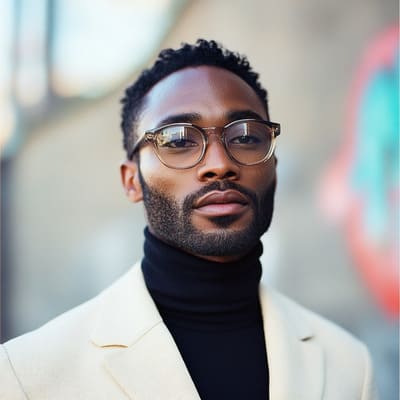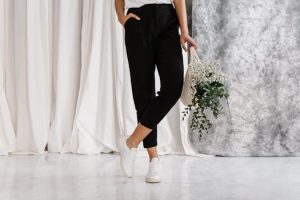How Fashion Weeks Influence Retail Buying
Welcome to the glamorous world of fashion weeks, where designers showcase their latest collections and set new trends for the upcoming season. Apart from being a platform for showcasing creativity, fashion weeks also play a significant role in the retail industry. In this fast-paced world of consumerism, fashion weeks have a significant influence on retail buying decisions. From influencing what we wear to how we shop, fashion weeks have a ripple effect on the retail market. In this article, we will explore the various ways in which fashion weeks influence retail buying and how it impacts the fashion industry as a whole.
The Evolution of Fashion Weeks
The concept of fashion weeks can be traced back to the 1800s when designers began showcasing their collections to clients through private showings. It was not until the 1900s that fashion shows became more public and organized. The first official fashion week was held in Paris in 1903, followed by New York in 1943 and London in 1984. Today, there are over 100 fashion weeks held across the world every year. These events have become a crucial part of the fashion industry and are eagerly awaited by fashion enthusiasts and buyers alike.
The Impact of Fashion Weeks on Retail Buying
Setting Trends
One of the significant influences of fashion weeks on retail buying is setting trends. Designers use fashion weeks to showcase their latest collections and set new trends for the upcoming season. These trends are then picked up by retailers and mass-produced, making them accessible to the average consumer. From statement pieces to color palettes, fashion weeks have a significant impact on the fashion trends we see in stores.
Creating Demand
By showcasing their collections in a grand and extravagant manner, fashion weeks create a sense of exclusivity and desire among consumers. This leads to increased demand for the showcased items, which ultimately influences retail buying decisions. The hype created around these events translates into sales for retailers as consumers aspire to own the latest fashion items.
Influencing Buying Patterns
Fashion weeks not only set trends but also influence buying patterns. With the rise of social media, consumers have access to live updates from fashion weeks, enabling them to see and purchase items in real-time. This has led to the rise of the ‘see now, buy now’ trend, where consumers can purchase items straight from the runway. This has changed the traditional retail buying model and has made it more fast-paced and consumer-driven.
Creating Brand Awareness
Fashion weeks serve as an excellent platform for designers to showcase their brand and create awareness among consumers. Retailers often attend fashion weeks to discover new designers and collections, which they can then include in their stores. This has opened up opportunities for emerging designers to gain exposure and reach a wider audience, ultimately impacting their retail sales.
The Future of Fashion Weeks and Retail Buying
With the advancement of technology and the rise of e-commerce, the impact of fashion weeks on retail buying is only going to increase. The accessibility of these events through live streaming and social media has made it easier for consumers to engage with fashion weeks and make purchases. This has also made it easier for retailers to connect with consumers and understand their needs and preferences. As the industry evolves, fashion weeks will continue to shape the retail market and influence buying decisions.
In Conclusion
Fashion weeks have come a long way since their inception and have a far-reaching impact on the retail industry. By setting trends, creating demand, influencing buying patterns, and creating brand awareness, fashion weeks shape the fashion industry and impact retail buying decisions. As we look towards the future, it is evident that fashion weeks will continue to play a significant role in the fashion and retail landscape.
Whether you’re a fashion enthusiast or a retailer, keeping up with fashion weeks is essential to stay on top of trends and consumer demands. So, the next time you see a piece of clothing or an accessory that catches your eye, remember that it may have made its debut on a fashion week runway.










